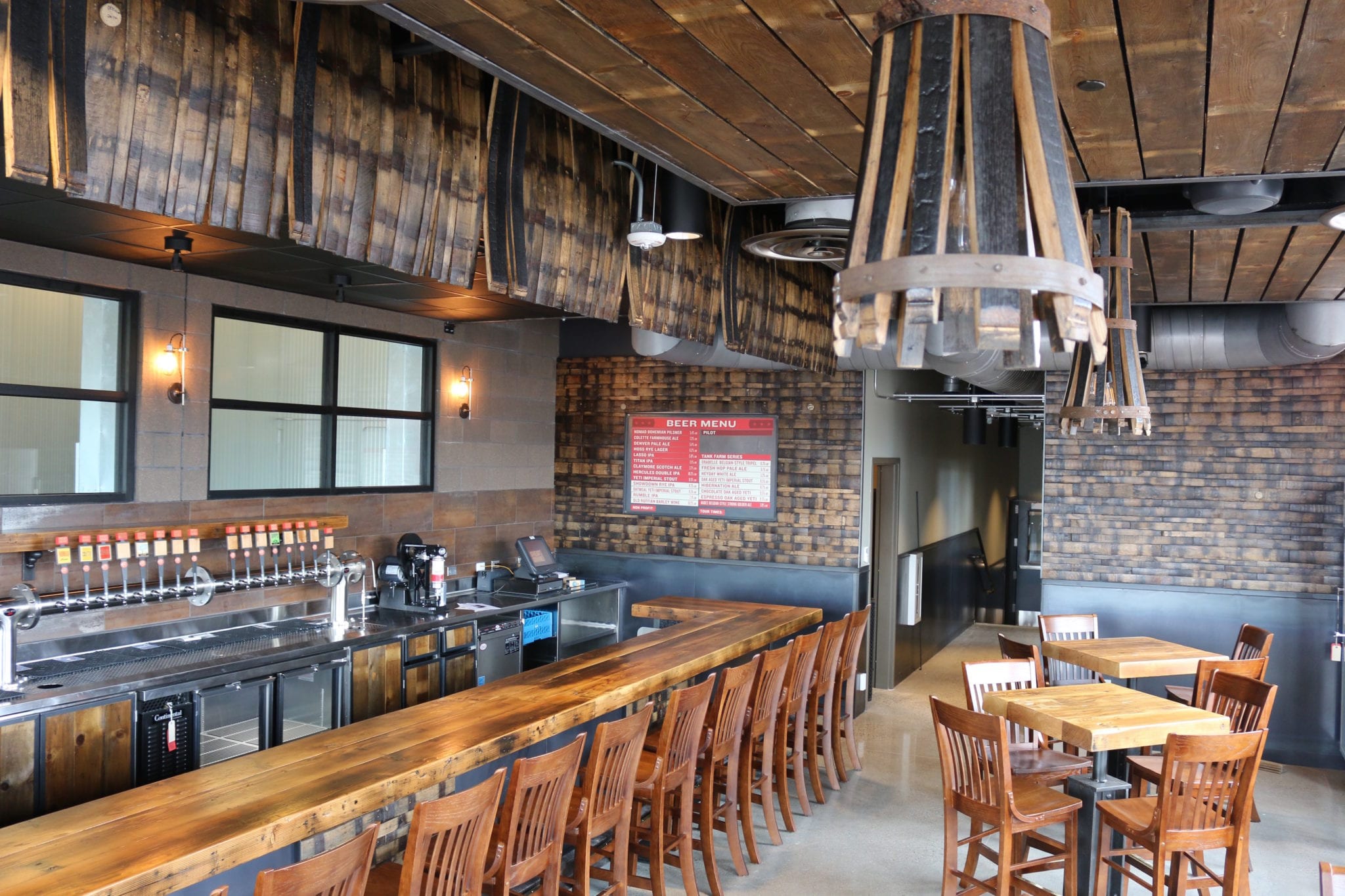As the alcohol-beverage production industry becomes a larger economic contributor to the state, its commercial real estate footprint increases exponentially. And as this industry evolves to embrace a robust front-of-house as well as production, the retail component becomes more important.
“I think it’s kind of an evolution of the bar business,” said Nate Heckel, vice president with Cushman & Wakefield in Fort Collins. Over the past five years, conversations have shifted from opening a bar to opening a brewery, he said. “I joke that there are not really bars anymore, they’re all breweries.”
Historically, alcohol-production companies were located in manufacturing and industrial space, but this is changing as many are finding themselves outgrowing their space due to high customer demand. When moving to new locations, companies are putting a larger emphasis on front-of-house retail as a way to grow business.
For example, when The Infinite Monkey Theorem opened in 2008, it had a footprint of about 8,000 square feet that consisted of a courtyard and two buildings – one for production and the other for offices, said Ben Parson, winemaker and CEO. In 2012, the winery moved to a 30,000-sf footprint, with a 10,000-sf winery, a 2,500-sf taproom and 2,500 sf of office space.
The new site had to have enough room for production and space for more retail-oriented opportunities. “It really just had to be a certain size and in a certain neighborhood,” Parson said.
Consumer Demand
The beverage production industry, both alcohol and non-alcohol beverages, was identified as a major employment and economic contributor by the Metro Denver Economic Development Corp., which tracks industry clusters for a nine-county region that includes Adams, Arapahoe, Boulder, Broomfield, Denver, Douglas, Jefferson, Larimer and Weld counties.
About 180 beverage companies operate in the nine-county region, including breweries, distilleries and wineries as well as coffee, tea, dairy, water, ice and soft drink manufacturers. The region ranks third out of the 50 largest metro areas in beverage production employment concentration, and ranks fourth for direct employment with about 8,640 employees, according to the EDC report.
When examining alcohol-beverage production specifically, the market is seeing modest square-footage growth. There are expectations that the number of breweries, distilleries and wineries will continue to grow in Colorado, and this trend will continue to drive employment in 2016, said Lisa Strunk, a senior economist with Development Research Partners, who prepared the EDC report.
The front-of-the-house retail operates as the introduction into whatever the company is manufacturing. Not only does it introduce the beverages to new customers, but also it allows the company to communicate its brand and show off its production space.
Today the state has over 300 breweries, over 50 active distilleries and more than 140 wineries. The nine-county EDC region is home to 25 craft distilleries and more than 50 wineries alone.















